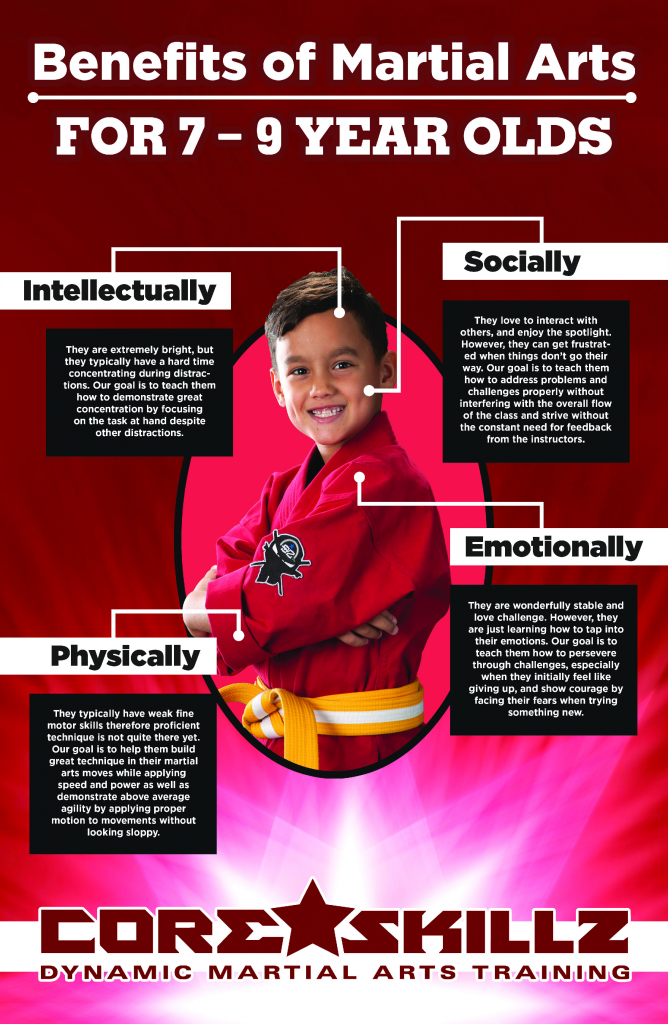The History And Development Of Martial Arts: From Its Ancient Roots To The Techniques Practiced Today
The History And Development Of Martial Arts: From Its Ancient Roots To The Techniques Practiced Today
Blog Article
Writer-Bonner Sun
Enter the globe of martial arts, where ancient beginnings and contemporary techniques collide in a thrilling journey of self-control and self-discovery.
As you look into the background and advancement of this fascinating art form, prepare to be mesmerized by the cultural influences, technical developments, and profound viewpoint that have actually formed it over centuries.
From the battlegrounds of old civilizations to the training grounds these days, martial arts have actually stood the test of time, constantly adjusting and growing.
Each strike, each activity, carries with it the weight of numerous years of practice and knowledge, passed down via generations. This is a story of resilience, of warriors that looked for not just physical expertise, but also inner strength and harmony.
Join us on this amazing exploration as we reveal the secrets, the legends, and the transformational power of martial arts.
Get ready to be motivated, tested, and forever transformed by the background and advancement of martial arts.
Social Influences on Martial Arts
As you discover the background and development of martial arts, you'll promptly discover the remarkable methods which cultural impacts have actually formed these combat methods.
From the old people of China and India to the more recent advancements in Japan and Brazil, martial arts have been greatly affected by the societies in which they originated.
As an example, Chinese martial arts, such as Martial Art and Tai Chi, are deeply rooted in the viewpoint of Taoism and the idea of Yin and Yang.
On the other hand, Japanese martial arts, like Karate and Judo, reflect the samurai warrior traditions and the values of discipline and honor.
In a similar way, Brazilian fighting style, Capoeira, combines components of African dance and songs, reflecting the social heritage of African servants in Brazil.
These social influences not just offer each fighting style its special attributes yet also give a much deeper understanding of the historical and social contexts in which they evolved.
Technological Improvements and Martial Arts
With the rise of advanced weaponry and cutting-edge training tools, you have actually been able to enhance your abilities and adapt to the ever-changing fight landscape.
https://www.npr.org/2022/06/16/1105291030/scotus-roe-v-wade-abortion-law have transformed the means martial arts are practiced and instructed. Virtual reality simulations now permit you to train in realistic battle circumstances without the threat of physical injury. High-speed cameras record every move, enabling you to assess and perfect your strategies. Wearable gadgets check your heart rate, breathing, and muscle activation, giving instantaneous feedback on your performance.
Additionally, the development of specific tools, such as resistance bands and dexterity ladders, has enabled you to improve your rate, toughness, and agility. These technical developments have not only made training much more efficient but have actually also pressed the limits of what is feasible in martial arts, permitting you to reach brand-new elevations in your technique.
The Viewpoint and Concepts of Martial Arts
The philosophy and concepts of martial arts are deeply rooted fit your mindset and instilling self-control, focus, and respect in your method.
1. Attitude: Martial Arts instructs you to establish a strong and resilient way of thinking. It allows you to conquer difficulties both on and off the mat, pressing your restrictions and standing firm despite adversity.
2. Self-control: Martial Arts demands discipline and self-control. Via routine training and adherence to stringent policies and techniques, you learn to regulate your impulses and establish a strong job principles.
3. Emphasis: Martial Arts calls for extreme emphasis and concentration. By training your mind to be present in the minute, you boost your ability to respond rapidly and effectively throughout fight scenarios.
4. Respect: Martial Arts highlights respect for oneself, teachers, training companions, and challengers. It instructs you to value the skills and experiences of others, fostering a feeling of camaraderie and sportsmanship.
Verdict
Congratulations on finishing your journey through the exciting globe of martial arts! Throughout this expedition, you have actually seen the rich history and impressive advancement of these combat methods.
From https://the-best-criminal-defense44321.dm-blog.com/30339002/the-need-of-experience-finding-a-knowledgeable-criminal-defense-attorney to the modern-day strategies we see today, martial arts have been formed by cultural impacts.
The combination of modern technology has additionally played a substantial duty in changing the means martial arts are taught and practiced in today day.
However, it is essential to keep in mind that martial arts are greater than simply physical battle. They encompass extensive viewpoints and guiding principles that go beyond the simple act of fighting.
Take a moment to assess this anachronistic journey and value just how the tradition of martial arts remains to flourish in today, transcending time and borders.
